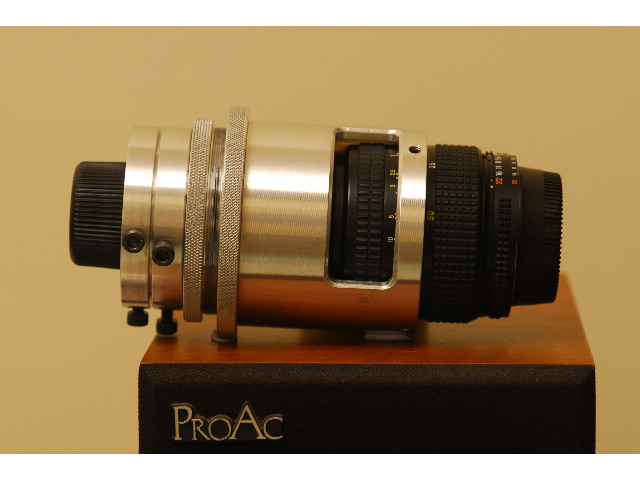Plate 1 below was taken in The Chinese University of Hong Kong on Mar 14 at 16:58 hrs. The sky was pretty gloomy that day.
Shooting particulars as follows:
Camera: D200
Lens: AFD 24-50mm Nikkor, Swarovski 30x-eyepiece, Swarovski 80HD ATS
Settings: Zoom at 50mm, Aperture f5, Shutter Speed: 1/40 of a second, ISO AT 250
Release: Directly by pressing on the shutter release.
Distance: The kingfisher was about 20m away.
Vibration is still a problem but much improved after resting the fieldscope on a support as shown in Plate 2, the making of which is still underway.
Plate 3 is the adaptal ring holding the zoom lens and the magnifier.
Plate 1

Plate 2

Plate 3

[
Last edited by lwingkay at 22/03/2009 18:39 ]


